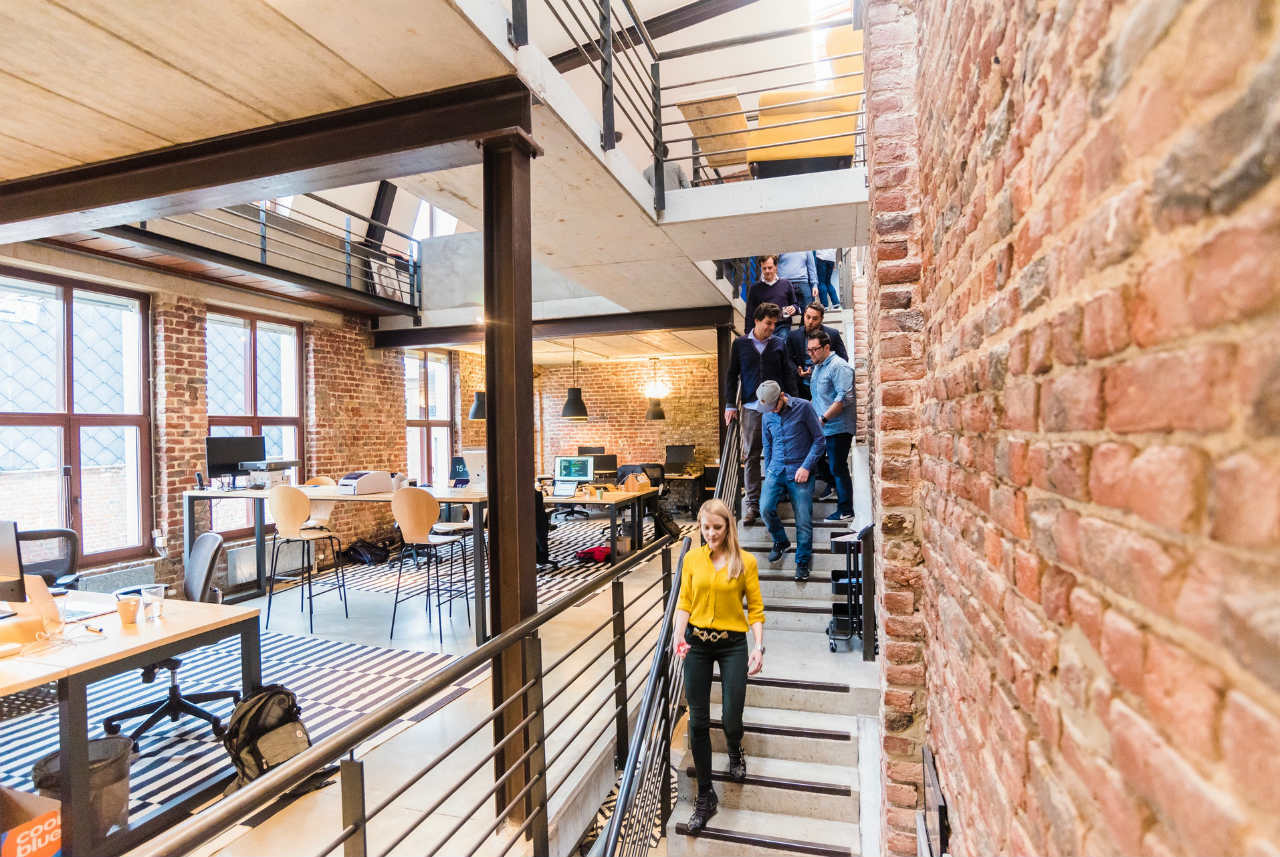
- By Content Coms
- In Thinking, Useful Stuff
WELL Building Standard: Here’s what you need to know
We spend more than 90% of our time in buildings. With a growing focus on health and wellbeing in the workplace, we take a look at how the WELL Building Standard is addressing the health woes of the modern office environment.
What is the WELL Building Standard?
The WELL Building Standard, delivered by the International WELL Building Institute™ (IWBI™), is the first global rating system to focused solely on the ways that buildings, and everything in them, can improve comfort, drive better choices, and enhance health and wellness.
The standard took six years to develop prior to its launch in 2014. It underwent a comprehensive peer review which looked at the standard from a scientific, practitioner and medical perspective.
How does the standard work?
Under the original WELL Building Standard, there were three different typologies are available: New and Existing Buildings, New and Existing Interiors and Core and Shell. The Standard is made up of seven categories; Air, Water, Nourishment, Light, Fitness, Comfort and Mind. Each of these categories is broken down into several parts.
In order to achieve the WELL standard, a qualified assessor completes a performance verification process which includes performance tests, spot-checks and measurements spanning all seven WELL concepts. Requirements include and relate to, the type of lighting used within the space, air filtration, activity incentive programs, acoustic controls and integrative design and biophilia.
Preconditions need to be met for all levels of the WELL standard, with certification issued on three levels; Silver, Gold and Platinum.
What’s new with the WELL Standard?
WELL v2 is currently in its pilot form and consolidates previous iterations into one WELL standard for all project types. It has been developed as a result of the rapid growth of the certification as well as a wealth of additional knowledge, data, research, and evidence that has been collected since it was first launched.
Under WELL v2 there are 10 WELL Concepts, and includes the introduction of Movement, Thermal Comfort, Sound, Materials, and Mind.
Well v2 has reduced the number of preconditions required for certification by half to remove barriers to entry making it achievable for any project type. It introduces a 100-point scoring system and projects achieve points through optimizations, which are weighted by potential for health impact, thus rewarding projects that apply high-impact features.
To earn Silver certification under WELL v2 buildings need to earn 50 points, 60 points for Gold, and 80 for Platinum (this is in addition to meeting all of the preconditions).
It is designed to grow in specificity and specialty over time, adapting to accommodate diverse space types and geographies and to respond to new evidence and ever-evolving public health concerns.
Why should a building achieve WELL Certification?
On average we spend about 90% of our time indoors. The aim of the WELL Building Standard is to make people more productive, happier, and healthier in the workplace.
A building which has achieved the WELL Building Standard helps employees achieve more, increase employee fulfilment, increase the quality of work produced, decrease absenteeism and increase connection with the employer. Other benefits include recruiting better talent, reduction in staff turnover, increased revenue, reduced medical and healthcare costs, and increased perceived physical and psychological health.
The WELL Building Standard has become popular because it acts as a guide to designing, building, and operating healthier buildings with scientific evidence proving that the features incorporated in your building will pay dividends in the long-run.
How has the market taken to the WELL Building Standard?
Momentum behind the WELL Building Standard has gathered momentum since it was launch. To date, more than 2,100 projects have registered or certified nearly 400 million square feet of space.
There are a range of buildings across the UK which have achieved WELL certification. As aleader in the design of the WELL Building Standard it is no surprise that Cundall’s London office at One Carter Lane was the first building in Europe to achieve WELL Certification through the WELL Building Standard in 2016, whilst Porter Building in Slough became the first core and shell WELL-certified building in the UK.
Hilson Moran, another building design specialist, had their Manchester office at Bruntwood’s Neo Building officially WELL Certified™ to the Gold standard, and the Crown Estate’s head office at St James’s Market has been awarded WELL Certification at the Platinum Level.
Iconic Offices recently announced that its their latest flexible workspace location in Dublin will be one of the first to be the first in Europe to be certified under WELL v2.
In addition, more than 3,500 people (globally) have successfully earned their WELL AP™ (Accredited Professional) credential, with nearly 2,300 more registered as part of the growing pool of individuals looking to develop and demonstrate their understanding of building strategies that put people at the centre of decision making about the places we all live, work, learn and play.
How much does WELL certification cost?
The fee for WELL Building Standard certification is paid when the project is registered. For Well v1 the costs range from $1,500 to $10,000 depending on the project type and size.
There are two pricing options available for the newer Well v2; Subscription and Single Cycle. The Subscription option allows organisations to align their payments with the value they gain over the course of their WELL journey. From a finance perspective this allows companies to integrate WELL fees within their annual budget and distribute them over time. The Single Cycle alternative means organisations phase their payments according to their WELL milestones, specifically registration, performance testing and final documentation review. All prices for WELL v2 are offered on a custom basis.
How does the WELL Standard relate to building controls?
There are many areas where the use of energy efficient building controls can have an impact on a building’s WELL journey. Most specifically under the categories of Light, Comfort and Air.
For lighting, the WELL Building Standard provides guidelines that minimize disruption to the body’s circadian system, enhance productivity, support good sleep quality and provide appropriate visual acuity.
For Comfort, the WELL Building Standard establishes requirements designed to create distraction-free, productive and comfortable indoor environments. It focuses on significantly reducing the most common sources of physiological disruption, distraction and irritation and on enhancing acoustic, ergonomic, olfactory and thermal comfort to prevent stress and injury and facilitate comfort, productivity and well-being.
Globally, outdoor air quality is deteriorating due to pollution from traffic, construction, agricultural activity, combustion sources and particulate matter. Because ambient air diffuses easily, even distant sources of pollution have a huge impact on the more than 15,000 litres of air we breathe every day. Indoor air quality can be degraded by these outdoor sources, as well as by off-gassing from building materials, indoor combustion sources and water leaks. Through the Air concept, the WELL Building Standard establishes requirements in buildings that promote clean air and reduce or minimize the sources of indoor air pollution.
Image credit: Proxyclick

